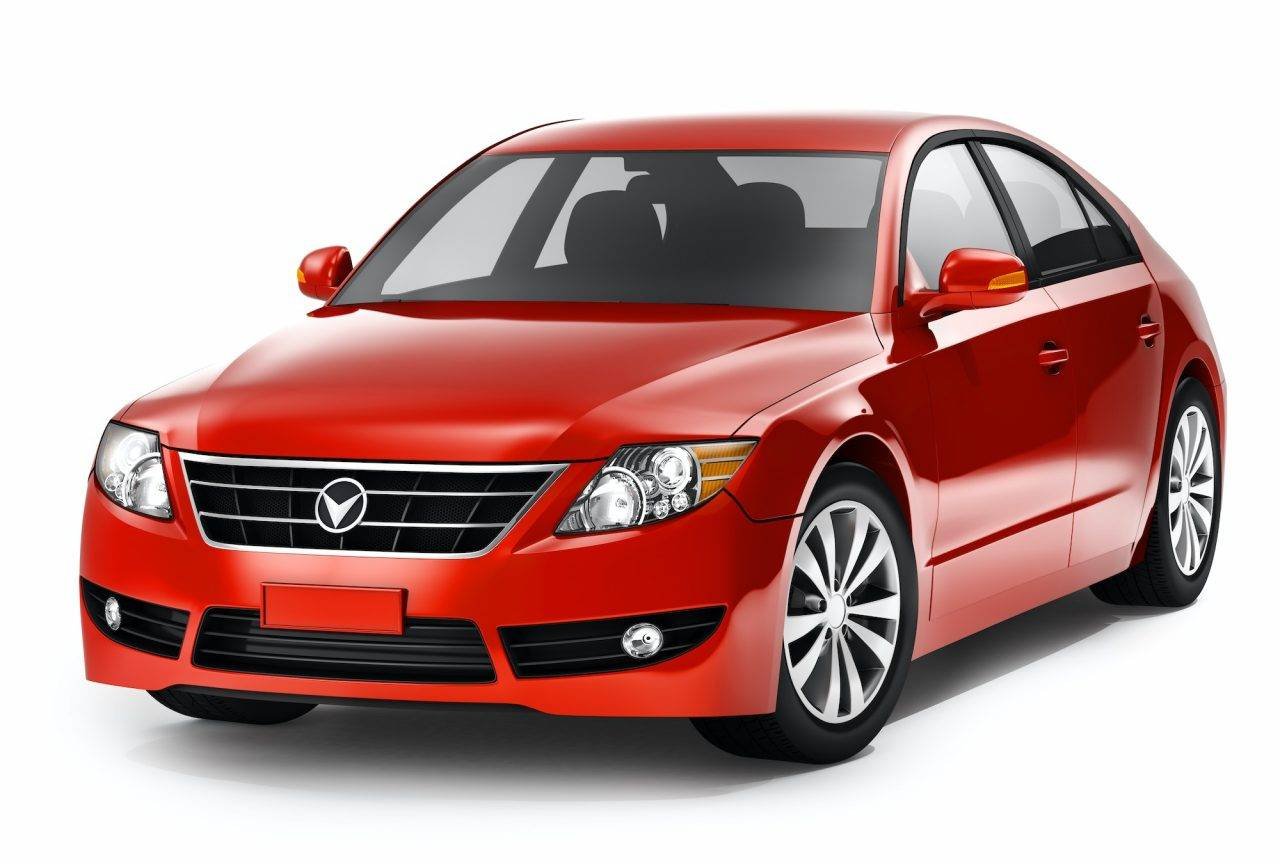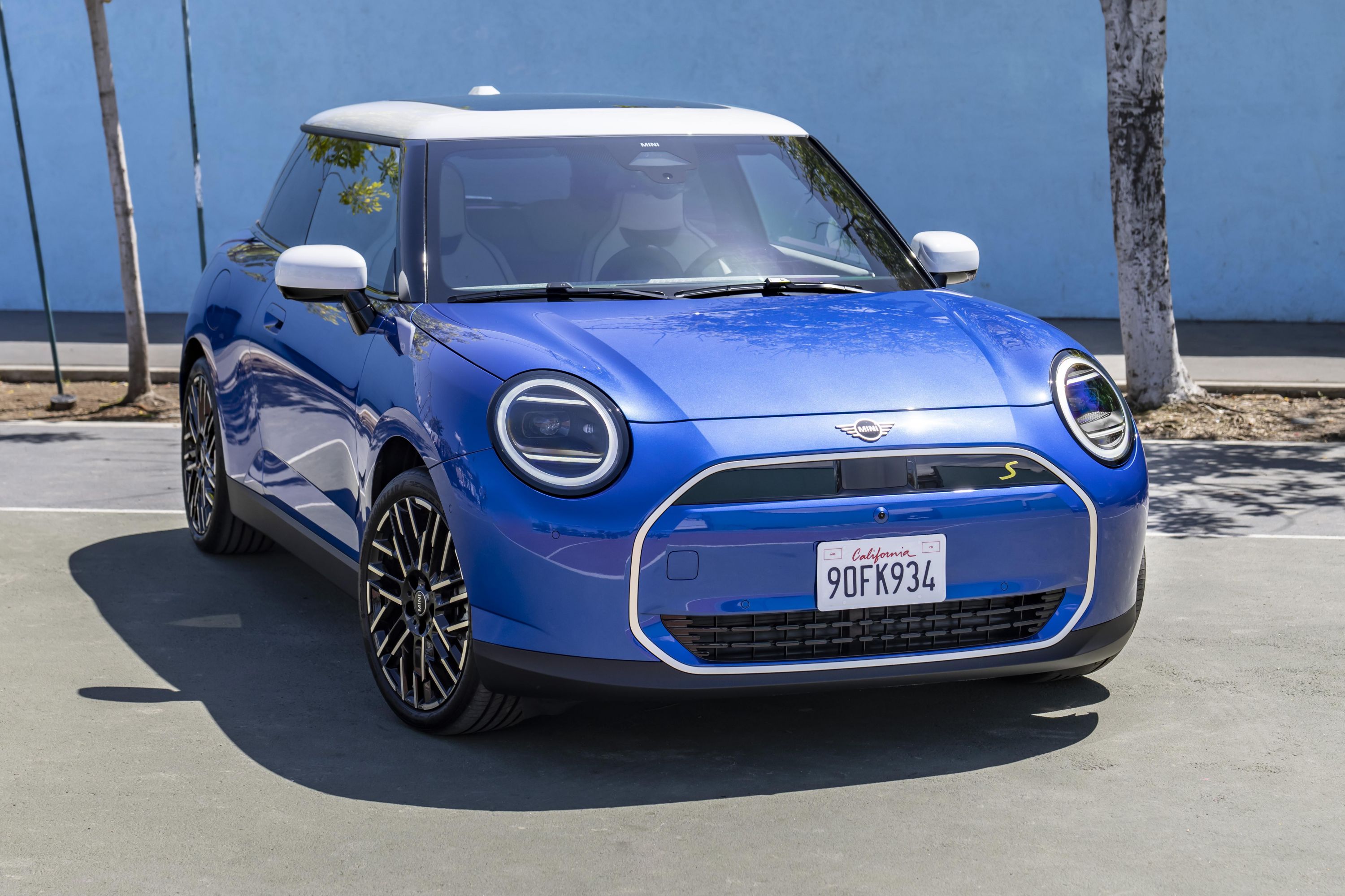Car insurance advertisements are ubiquitous in today’s media landscape, vying for our attention with humor, quirky characters, and celebrity endorsements. But beyond the catchy jingles and memorable mascots, what are these ads really telling us? This guide delves into the world of car insurance advertisements, providing you with the knowledge to decode their messages and make informed decisions about your coverage.
The Rise of the Funny Ad: Why Car Insurance Commercials Are Going for Laughs
Let’s face it: car insurance isn’t the most thrilling topic. Insurers recognize this and have responded by injecting humor into their advertisements. With billions of dollars spent annually on sleek, highly-produced campaigns, the mundane is spun into comedic gold. Car insurance commercials are often some of the funniest in the advertising industry. The goal? To get you to visit their website or call for a quote, but to do so by making you laugh. This strategy works. Experts have linked upticks in car insurance sales to record-high advertising spending, demonstrating the power of humor in capturing consumer attention.
Key Players and Their Advertising Strategies

Several major players dominate the car insurance advertising landscape, each with a distinct approach:
- GEICO: Known for its iconic Gecko and other memorable characters, GEICO has perfected the art of humorous, easily digestible advertisements. Their strategy focuses on brand recognition and quick quotes.
- Progressive: With Flo and Jamie, Progressive has created a cast of quirky characters who emphasize savings and customizable coverage options. Their high advertising spend reflects their commitment to maintaining a strong market presence.
- State Farm: State Farm uses relatable scenarios and, at times, celebrity appearances to highlight the importance of being prepared for various driving emergencies and the value of their Drive Safe & Save program.
- Liberty Mutual: Liberty Mutual employs the “Truth Tellers” campaign and the duo of LiMu Emu and Doug to convey their message of customizable insurance and protecting drivers from overpaying.
- Allstate: Allstate’s “Mayhem” character, personified by actor Dean Winters, brings dark humor to the realities of car insurance dilemmas, reminding viewers of the importance of comprehensive coverage.
Decoding the Message: What Are They Really Selling?

While entertainment is key, car insurance ads ultimately aim to sell you a policy. Here’s what to look for beneath the surface:
- Coverage Options: Many commercials highlight specific coverage options, such as comprehensive insurance (Allstate’s Mayhem ads) or roadside assistance (State Farm’s “Helium” ad). Pay attention to the details and consider whether these options align with your needs.
- Discounts and Savings: Usage-Based Insurance (UBI) programs, like State Farm’s Drive Safe & Save and Progressive’s Snapshot, offer discounts for safe driving habits. These programs track mileage and driving behaviors through in-vehicle devices or apps. Be aware of the potential privacy implications and whether your driving style qualifies for significant savings.
- Brand Image and Reliability: Some ads focus on portraying the insurer as reliable and experienced, capable of handling any situation (Farmers’ “Hall of Claims”). Consider customer reviews and ratings to assess whether the company lives up to its advertised image.
The Digital Age: Beyond Television

While television remains a powerful advertising medium, car insurers are increasingly investing in digital marketing. Online video, social media, and targeted web ads are becoming essential components of their strategies. This shift reflects the changing media consumption habits of consumers, particularly Millennials and Generation Z.
- Online Video: A significant portion of Americans prefer online video, making platforms like YouTube prime advertising spots.
- Social Media: Car insurers are leveraging social media to engage with potential customers through interactive content and targeted ads.
- Mobile Advertising: With the proliferation of smartphones, mobile advertising offers insurers a direct line to consumers on the go.
Are Car Insurance Ads Effective? The Bottom Line

The massive investments in car insurance advertising suggest that these campaigns are, to some extent, effective. However, it’s crucial to remember that funny commercials and catchy slogans are not the only factors to consider when choosing a provider. While top spenders often have significant market share, customer loyalty doesn’t always directly correlate with advertising spending. Research beyond the ads.
Making the Right Choice: Beyond the Laughs
Don’t let humor and catchy characters be the sole basis for your car insurance decision. Here’s how to make an informed choice:
- Compare Rates: Use online comparison tools to get quotes from multiple insurers.
- Assess Your Needs: Determine the coverage options that are essential for your situation.
- Read Reviews: Research customer reviews and ratings to gauge the insurer’s reliability and customer service.
- Understand Discounts: Explore available discounts, but be aware of any associated requirements or limitations.
- Consider Your Budget: Balance coverage needs with affordability to find a policy that fits your budget.
Ultimately, the best car insurance advertisement is an informed consumer. By understanding the strategies behind these ads and conducting thorough research, you can make a confident decision about your coverage and protect yourself on the road.





Leave a Reply